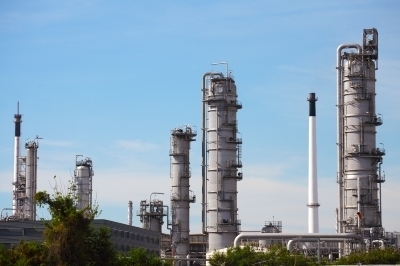The Many Uses and Benefits of Modern Gas Detection Equipment

 Although the air people breathe and depend on for life is itself made up of a mixture of gases, many gaseous substances can be dangerous. Some present a risk of combustion and even explosion, especially when they collect in contained areas. Others can be harmful to human beings in even more direct ways, as with the odorless substance carbon monoxide that can kill a person without any warning at all.
Although the air people breathe and depend on for life is itself made up of a mixture of gases, many gaseous substances can be dangerous. Some present a risk of combustion and even explosion, especially when they collect in contained areas. Others can be harmful to human beings in even more direct ways, as with the odorless substance carbon monoxide that can kill a person without any warning at all.
Because of these issues, having good, reliable ways of detecting the presence of certain gases is of critical importance. Many people, for example, are familiar with the radon detectors that are common in areas where granite bedrock is the norm. Detectors of this kind and others contribute greatly to the safety of modern life, protecting the residents of homes as they sleep and disposable gas detector doing the same for many people in their daily lives.

While gas detecting systems can be of great benefit in the residential sector, then, they are frequently even more so in industry. A wide range of industries around the world depend on particular gases for a array of purposes, and many of these substances are potentially dangerous.
While some of these usage scenarios are focused on industrial facilities where permanent equipment can be installed in appropriate places, many others are of a more freely floating kind. It is therefore common in many industries for technicians to be equipped with that allow them to identify potential threats wherever they might be working at the time.
In fact, many of these mobile pieces of equipment are highly capable in their own right. Modern multi gas monitors of a portable kind can often sense three or more different kinds of gas with equal facility, greatly improving their usefulness compared to the specialized units that used to be the norm.
One Industry leader in portable gas detectors, for example, now offers compact units that are capable of detecting the presence of any of four different gases right out of the box. These 4 gas detectors are in wide use in a variety of settings, from refineries where gaseous byproducts of petroleum distillation are common, to refrigeration plants where substances like nitrogen could pose the threat of leaking.
While many gases might be nearly invisible and odorless, then, there are good ways of detecting their presence. Whether that means the kinds of permanent equipment that homes and factories are often equipped with or portable units that perform the same functions, modern gas detecting technology does an important job of keeping everyone safer.